Redwoods are just redwoods, right?
When we want to restore redwood forests, it’s as simple as just planting some redwood seedlings, right?
Not exactly. You may be surprised to hear that the business of replanting a forest is a bit more complicated than that.
When we work to restore forests, we try to make sure that the forests we rebuild are as close as possible to those that were lost. There is an element of rectitude about this for sure, a sense that we have an obligation to repair a place as closely as possible to the original, but there are also very practical reasons for doing so.
Dramatic differences in redwoods forests by region
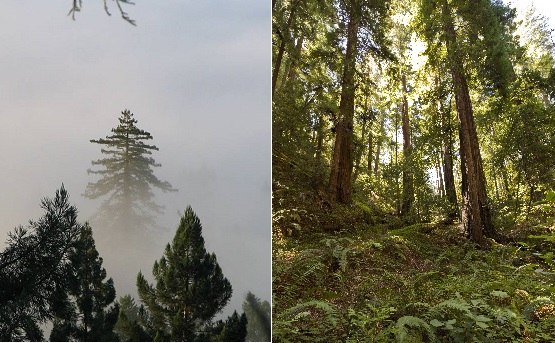
The range of redwoods stretches for more than 400 miles from north to south—and along this distance, the forest changes dramatically. The dry canyons of Big Sur hardly resemble the moist floodplain of the Smith River. As the environment changes, so do the trees that have adapted to the very particular conditions where they grow.
Picking the “right” seedlings comes down to genetics
Finding the right trees for a site can make the difference between the life and death of seedlings, and between the success and failure of a restoration project. When we plant trees to restore forests, we work with local nurseries to ensure that the seedlings we use come from local trees whose unique genetics are adapted to the environment where they will be planted. We also want to make sure that the seedlings come from many parents, so that the new forest will have a diverse array of genetics capable of adapting to changing conditions or new forest diseases.
Tomorrow’s forests will not be the same as yesterday’s — changes in climate, land use and other disturbances will see to that. But knowing exactly what was lost will help us try to put it right. As we create the forests of the future, we need to look to the past for guidance.
Check out Sam Lawson’s last blog to learn more about how we find and plant the “right” redwood seeds to create a thriving future forest.

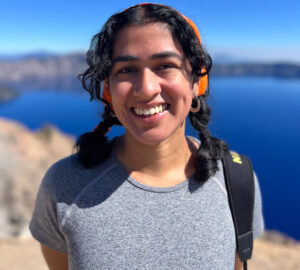

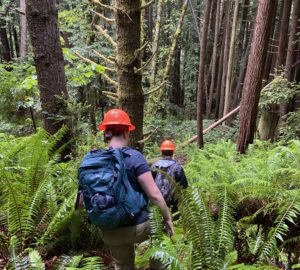
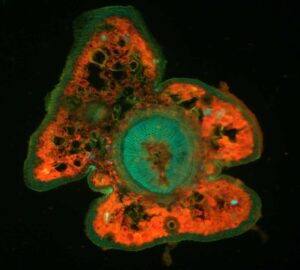
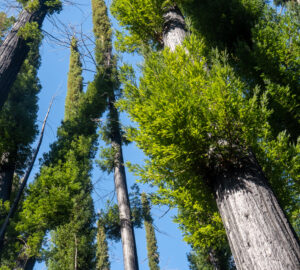
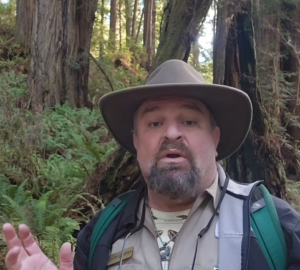

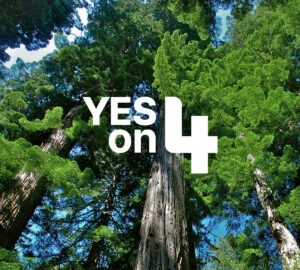
One Response to ““Right” and “Wrong” Redwoods?”
Laura Garland
I have two acres on the coast. It’s mostly alder, and some spruce. It was, at one time, all redwood. I’d like to replant some of the redwood, when I get the alder out, and the English Ivy under control.